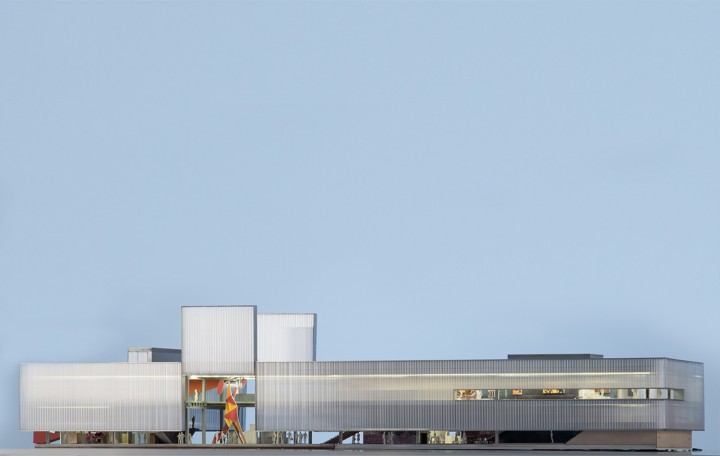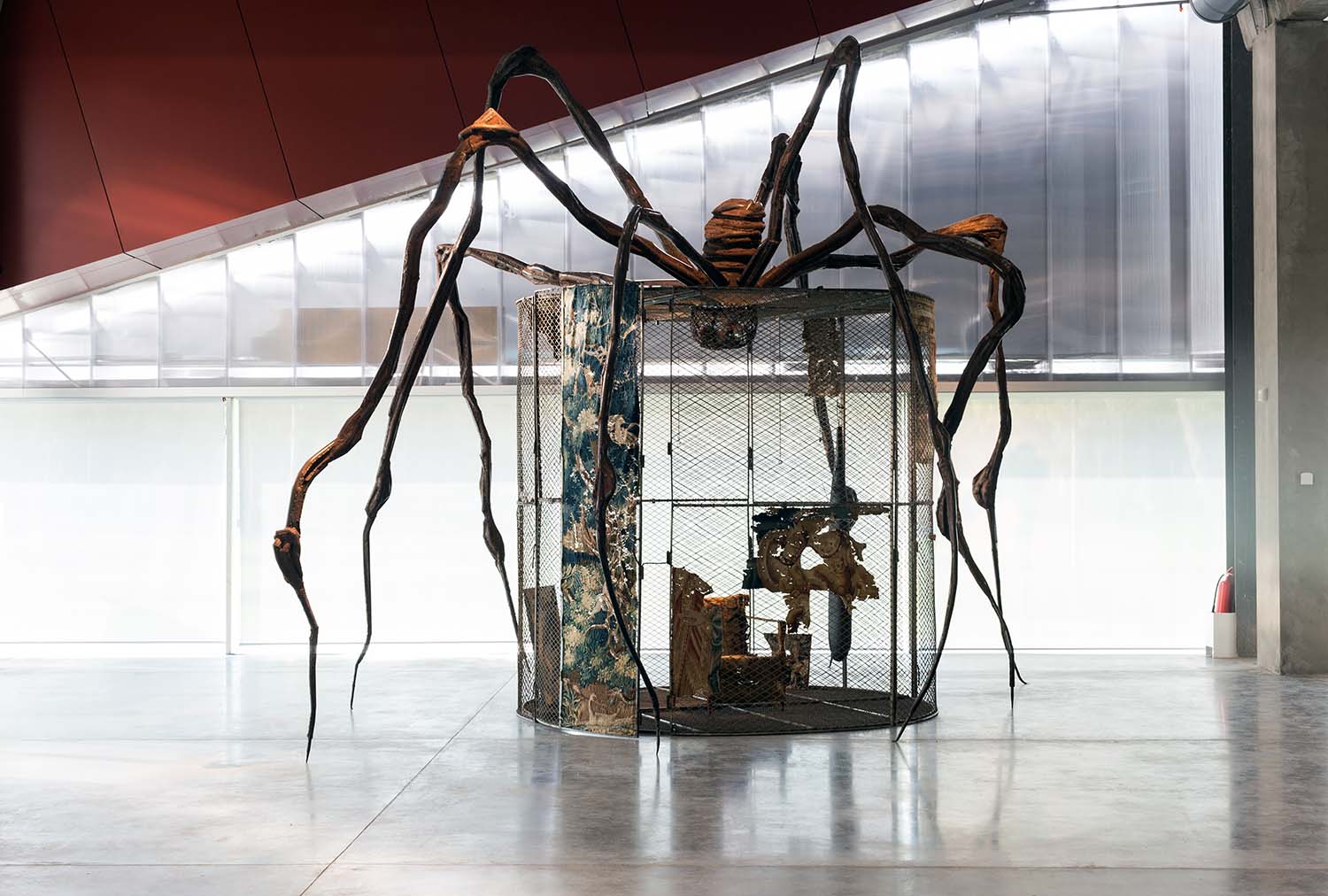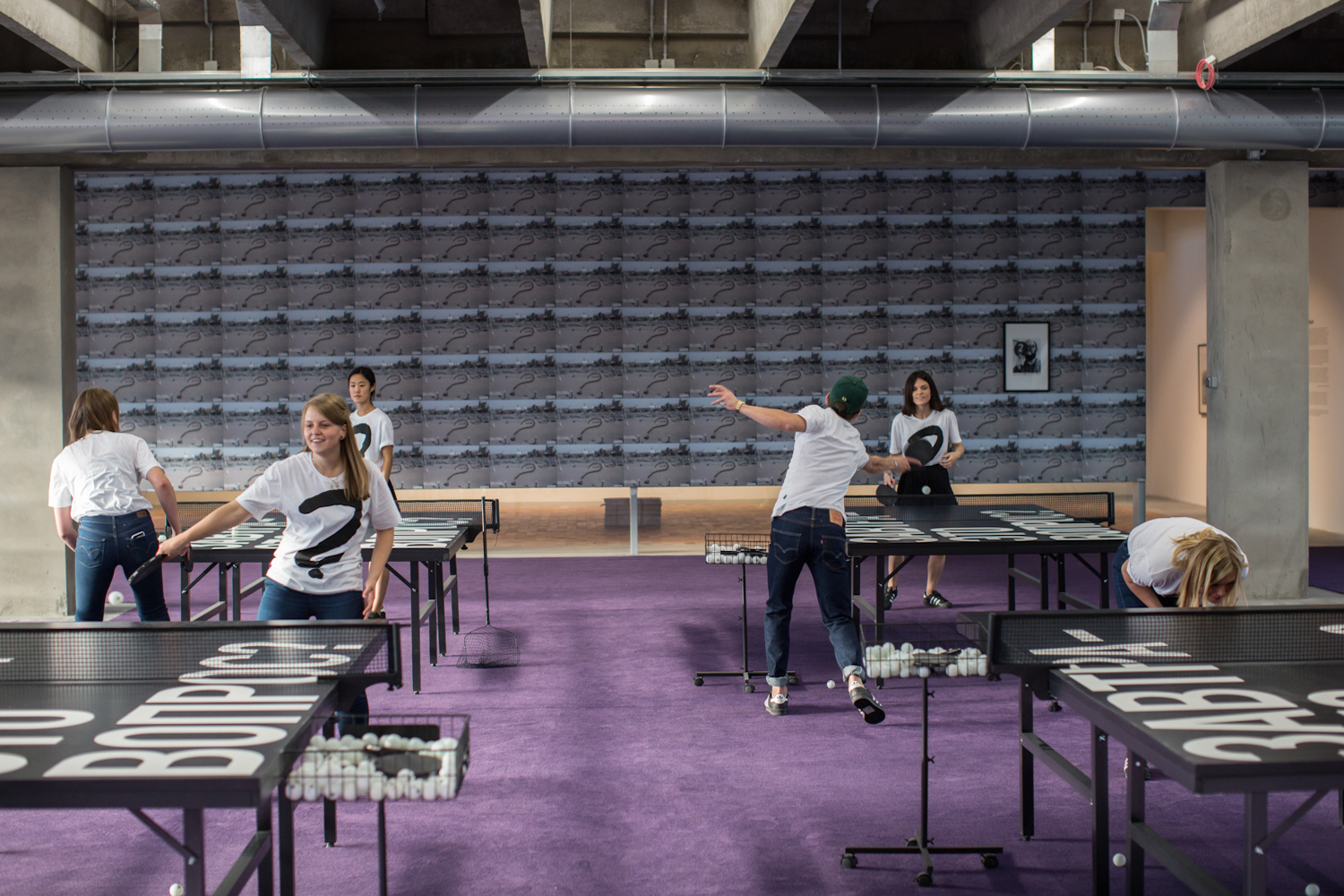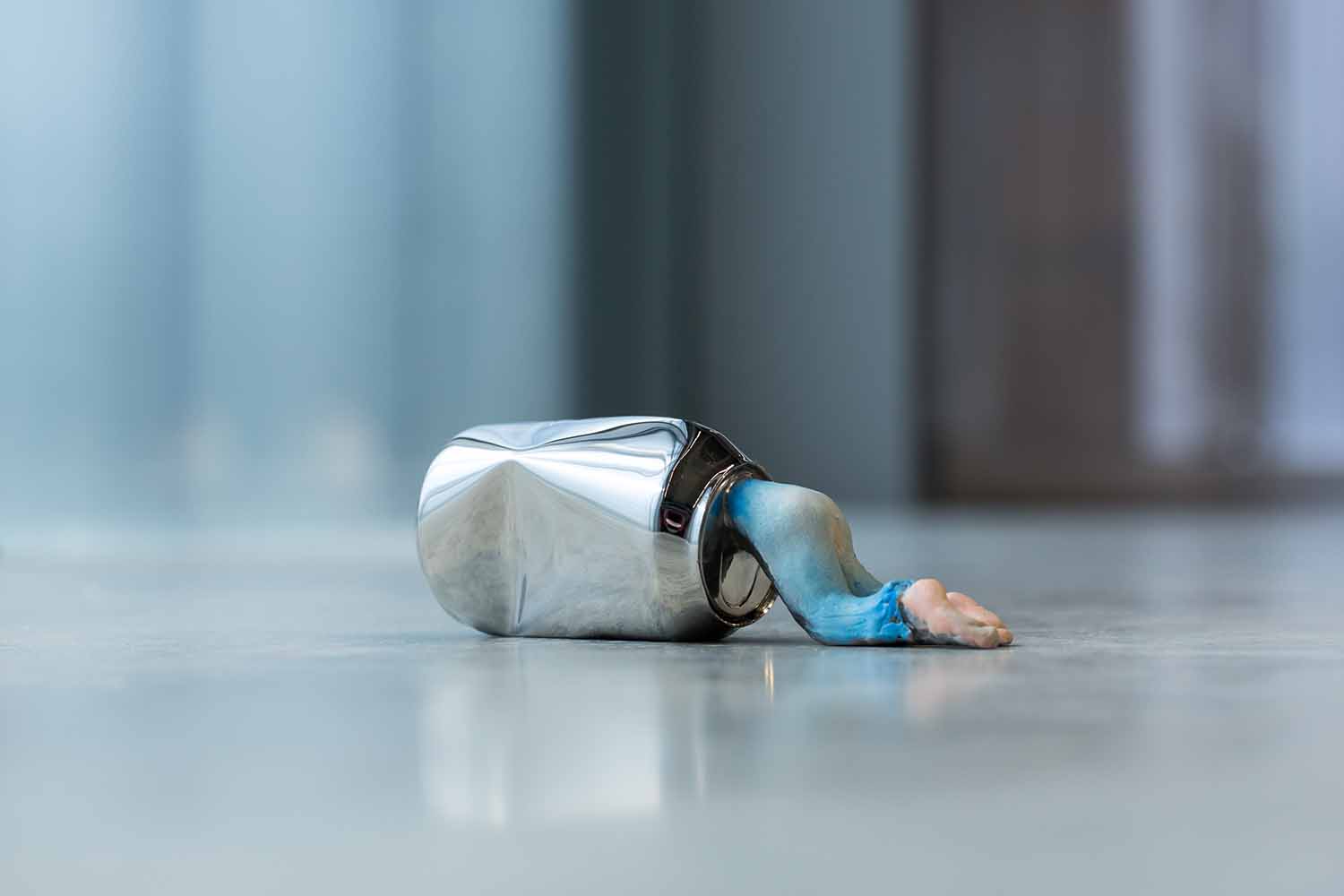Designed by Rem Koolhaas’s OMA, the new Garage Museum of Contemporary Art will open in June 2015. Flash Art spoke with museum director Anton Belov about the role of the Garage in contemporary Russia’s cultural landscape.
How do you become an influential contemporary art center in a city like Moscow?
In general, there is much work to do in developing museums specialized in contemporary art in Moscow. In my opinion, this is the reason why the Garage Museum plays such a unique and important role. We inspire people and invite them to engage with the museum: to take part in our exhibitions, education programs, publishing program and other activities. We focus a great deal of energy on developing our team. I believe that our staff and guides can inspire visitors. The Garage Museum is a very young institution with a lot of young people working here, so we really can bring new energy and fresh ideas to the Moscow art world.
I am interested in how the Garage Museum is perceived in Moscow. Do people see contemporary art as a challenge?
There are many people whom I meet regularly at the Garage Museum, not only because they are coming to see our shows, but because they are taking our educational courses, coming to our library, visiting our café and having a nice lunch. Our number of visitors is growing every week. And, most importantly, people are really enjoying the art.
Since the very opening, the museum has been an “island of tolerance” in Moscow. We are happy that the museum helps popularize ideas of freedom and new ways of thinking about and exploring Moscow. The city is changing — new parks and new public spaces have begun to appear. I think it is really inspiring, and, in my opinion, even other museums — like the Pushkin State Museum of Fine Arts, the Tretyakov Gallery, the Moscow Museum of Modern Art, the Multimedia Art Museum — are now also starting to change their approach in working with people and presenting their exhibitions and education programs.
As you probably know, in 2013 Germano Celant curated for Fondazione Prada a show inspired by Harald Szeemann’s “When Attitudes Become Form.” Would you ever consider this approach — revisiting a previously conceived exhibition?
It is really important to us at the Garage Museum to reinvestigate and reconnect to the histories of Russian contemporary art because there is really very little known. We have started a number of initiatives, like the three-year research project into the century-long history of performance in Russia, which recently resulted in the first major exhibition and book. At the same time, we have developed various exhibitions and books looking back at the 1990s, which was a crucial time of changing all the systems in the country. We made a big project in collaboration with the Ekaterina Foundation, called “Reconstruction,” that was an exhibition in two parts looking at Moscow artistic life in the 1990s, when so-called unofficial art surfaced. Now we are working on a book called Exhibit Russia, which is looking back at twenty exhibitions that happened in Russia or abroad between 1986 and 1996, which were the first to put Russian contemporary art in an international context.
Are you going to invite guest curators from abroad as well?
We have a strong history of working with guest curators, like Klaus Biesenbach and Roselee Goldberg, when Garage first opened. In the last couple of years we have also worked with international advisors such as Hans Ulrich Obrist. But it has also been important to develop our core team, so we started working with Kate Fowle as our chief curator, who has been developing the curatorial team. They now initiate the program, including education, publishing, conferences, research and, of course, exhibitions. They also determine the collaborations with guest curators. Right now we are working on an exhibition of Louise Bourgeois with the Haus der Kunst in Munich.
At the same time we are working with numerous curators and artists in our Field Research program, which is a think tank and production house with emphasis on primary research. Generated by the interests of artists, curators and writers working around the world, the program gives new perspective on overlooked or little-known events, philosophies, places or people relating to Russian culture. So, for example, we’re working with curators Koyo Kouoh and Rasha Salti on researching African and Arab filmmakers who were trained in Moscow during the 1960s to the 1990s.
What can we expect from the museum’s grand opening?
That there will be much celebrating in June! There will be a big program of events and activities for families, the art community in Moscow and our international guests. We’ll open with five exhibitions that will feature Russian and international artists, including a major project by Rirkrit Tiravanija, installations by Yayoi Kusama, a new, monumental site-specific work by Erik Bulatov, as well as displays from our archive and Field Research program.
From the outside, it seems like the political situation in the country could influence the culture. How is the Garage Museum dealing with current politics? Do you have any restrictions in terms of artistic choice?
I think that for Russia this moment is a very good one to build cultural bridges working with artists and curators who are interested in different points of view. We are a privately funded, publicly minded institution, which is quite unique in Russia and enables us to develop an independent perspective on what a cultural institution can be. Our exhibitions always explore the social, political and cultural context of Moscow and Russia in some way. The current show, “Grammar of Freedom / Five Lessons: Works from the Arteast 2000+ Collection,” for example, looks back at a range of art practices that share a common struggle for artistic and individual liberties during the socialist regimes of the former Yugoslavia and USSR, as well as other Eastern and Central European countries.
Importantly though, we do not present art as a political statement. Instead we provide a context for a range of practices and give our visitors the possibility to have their own opinion. Every visitor can choose his own position and opinion about exhibition. If we are talking about a current political situation, of course it doesn’t support our international connections, and sometimes it is hard to procure loans for our exhibitions. But I want to mark that we really feel support from international institutions. We are very proud that the most important museums in the world are working with Garage and are interested in collaboration.





